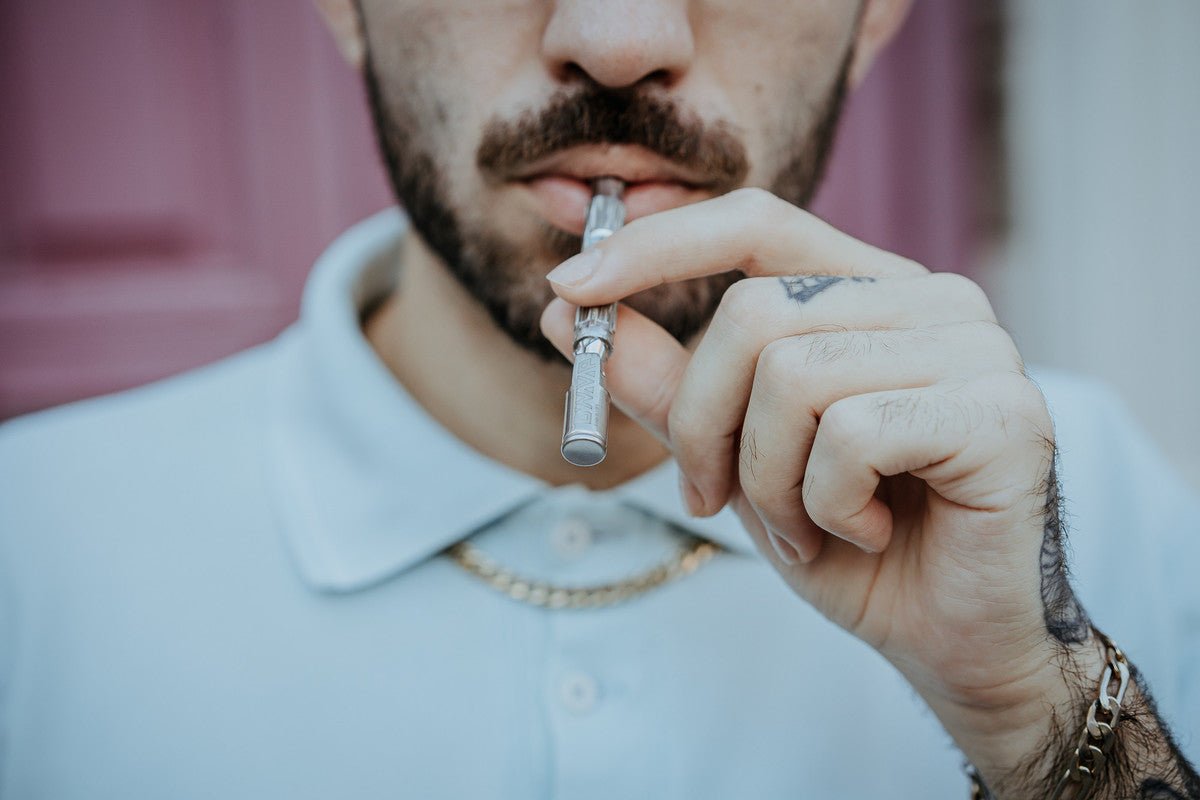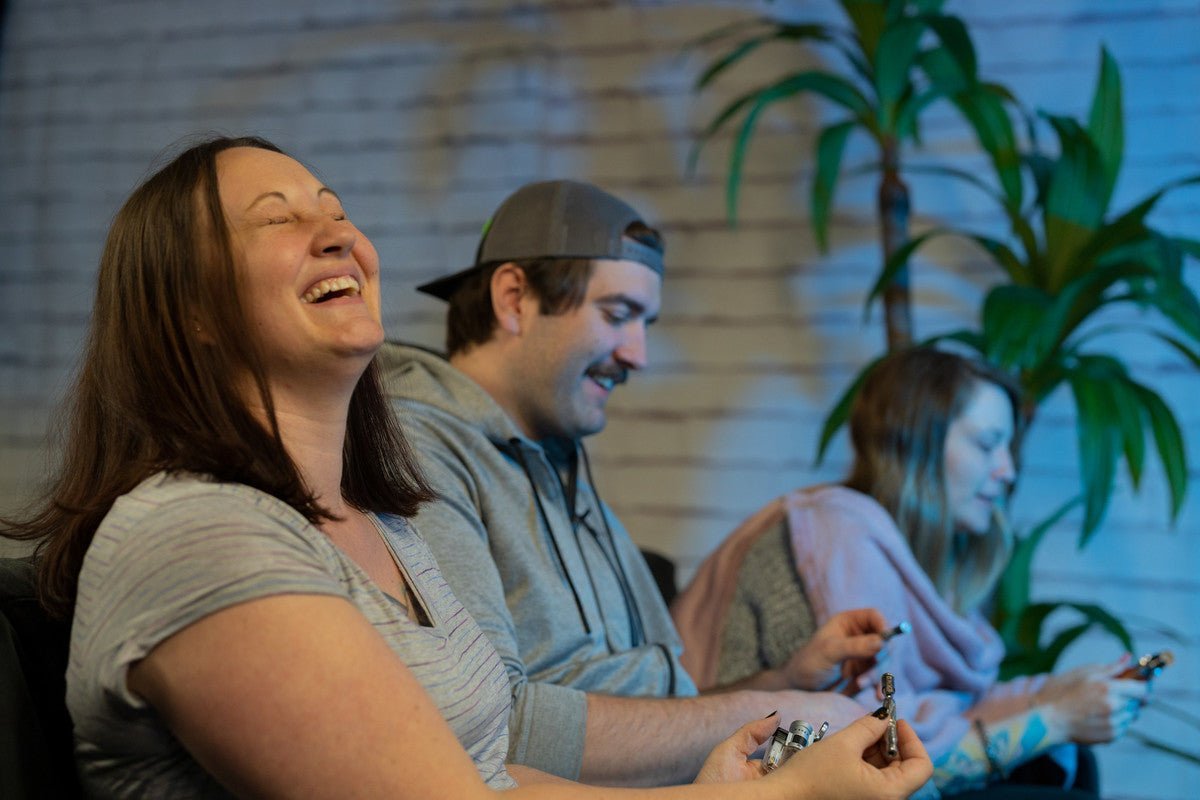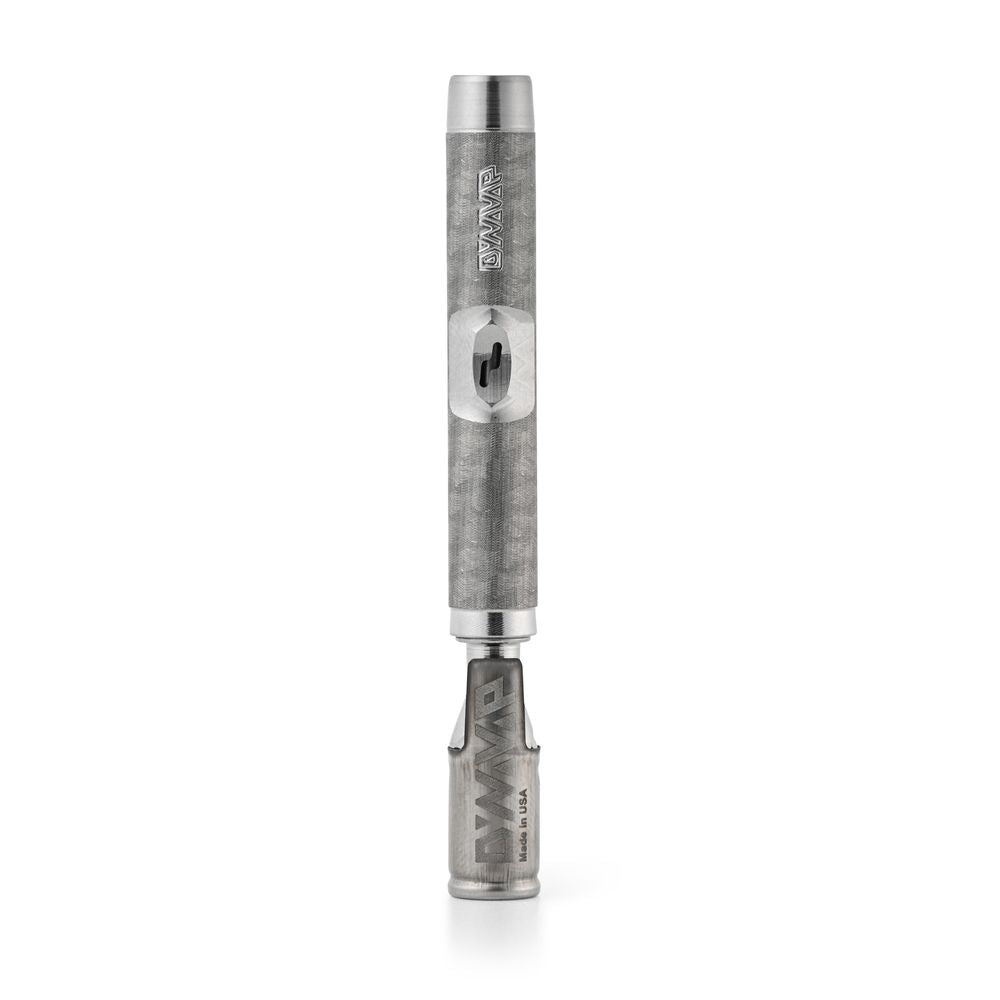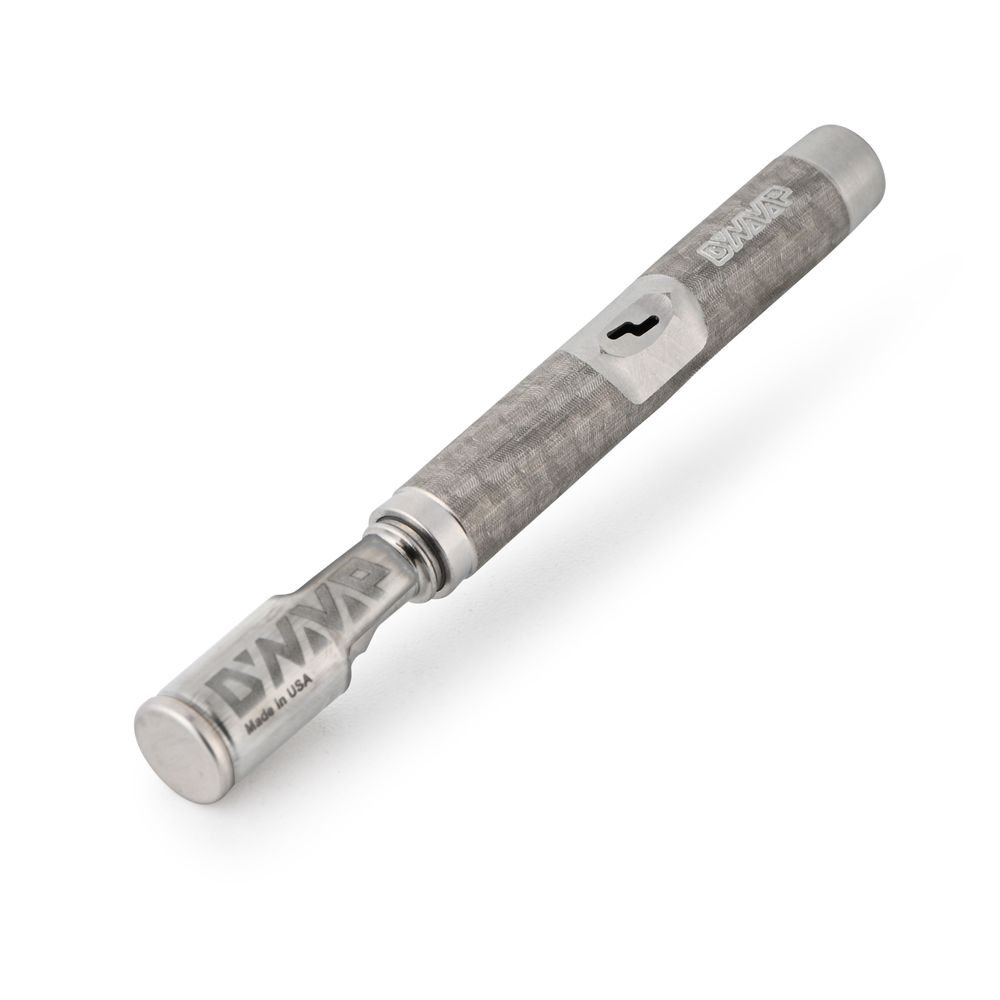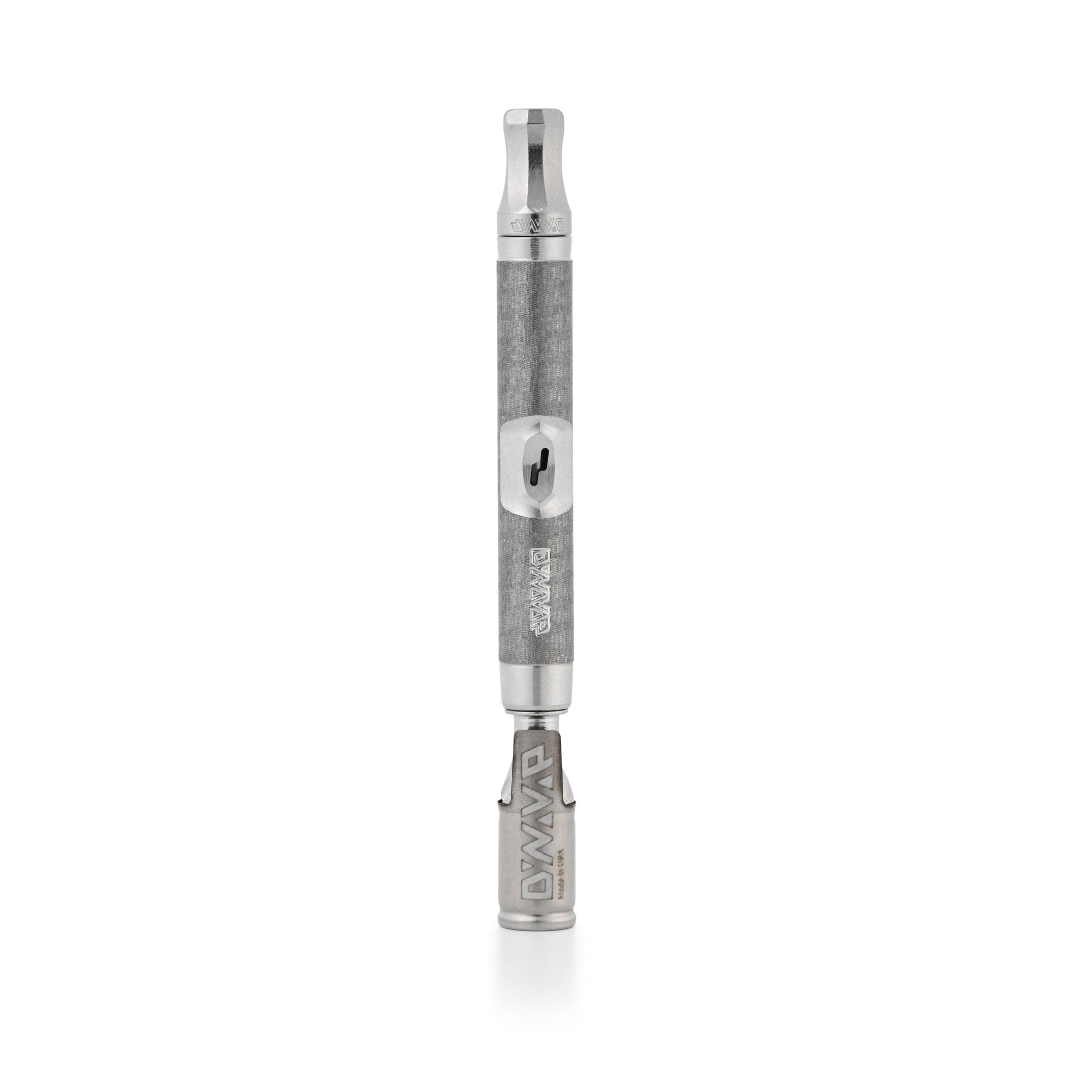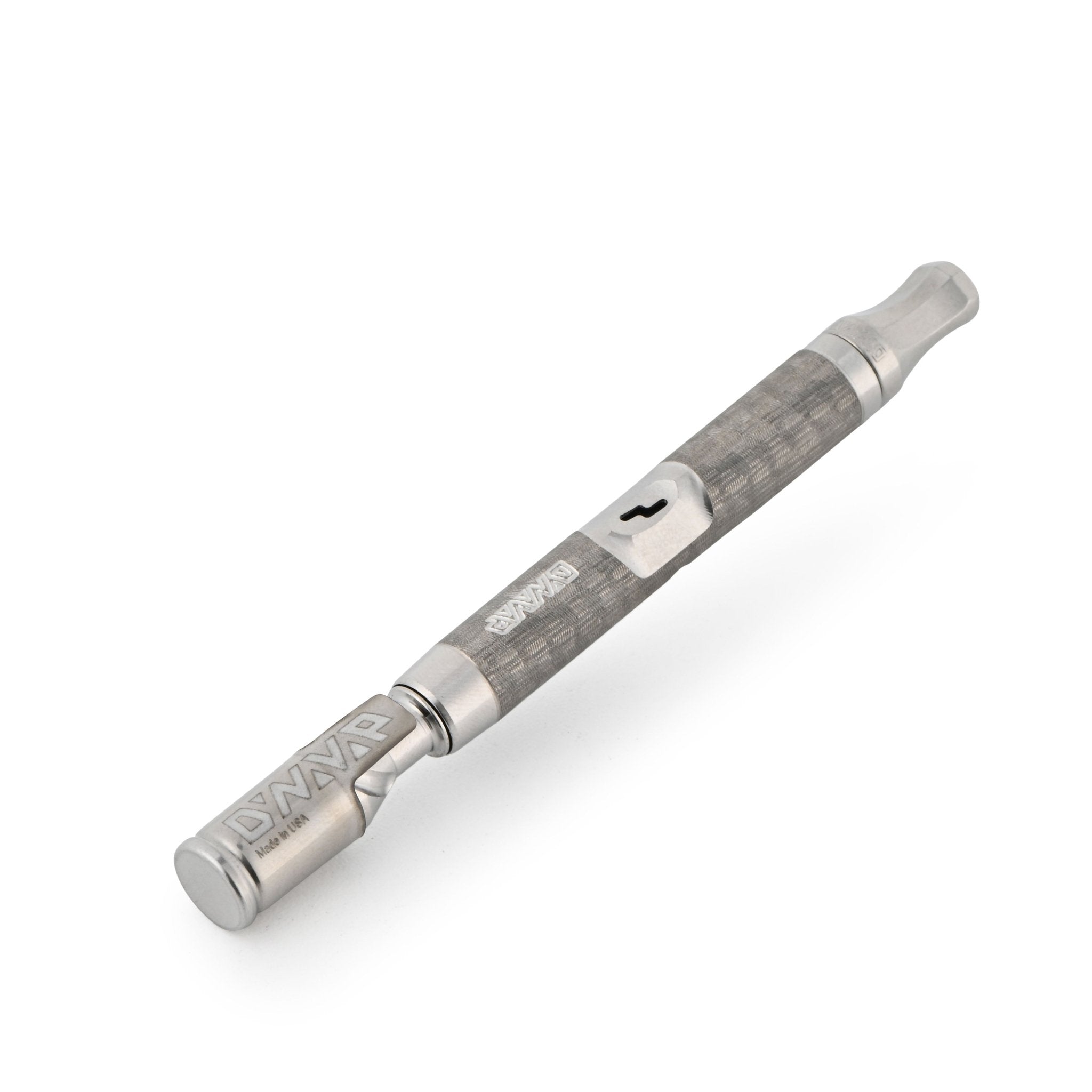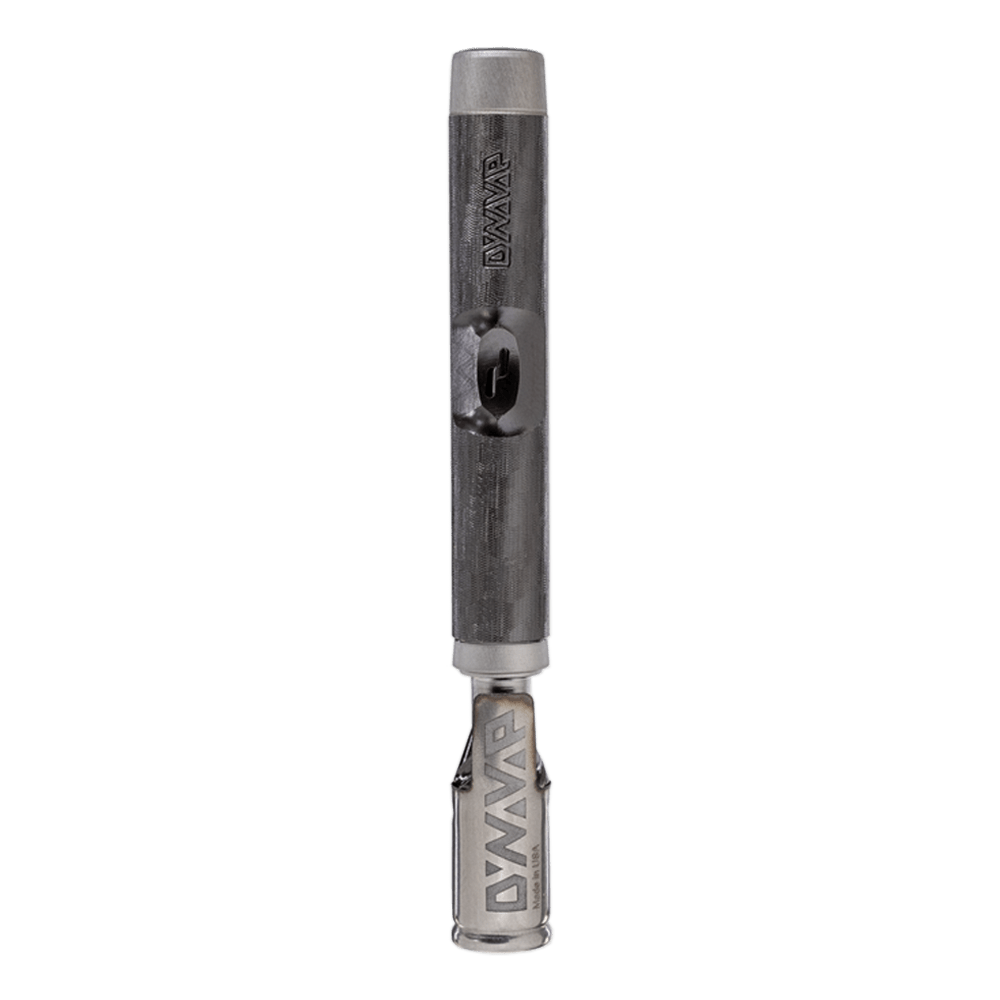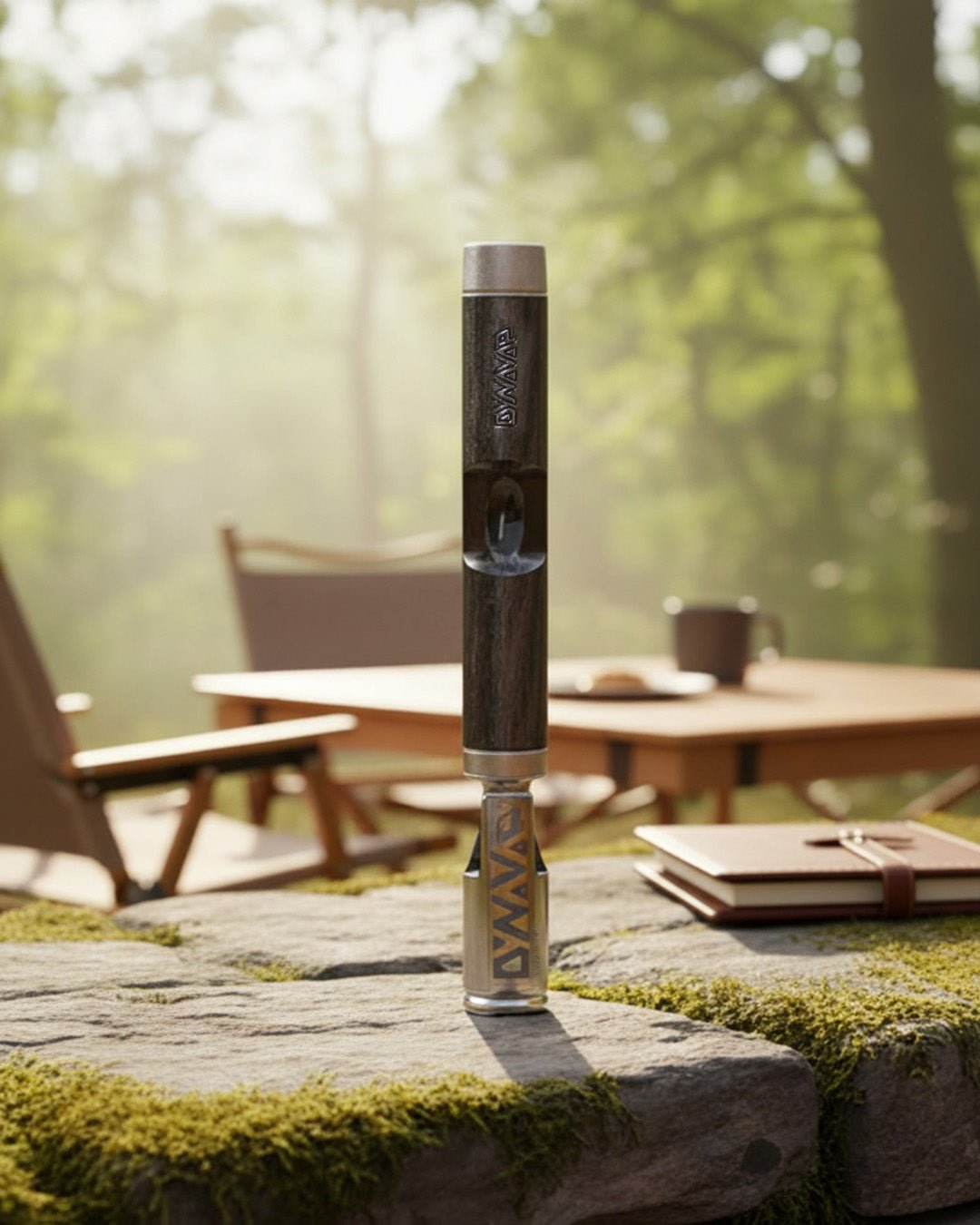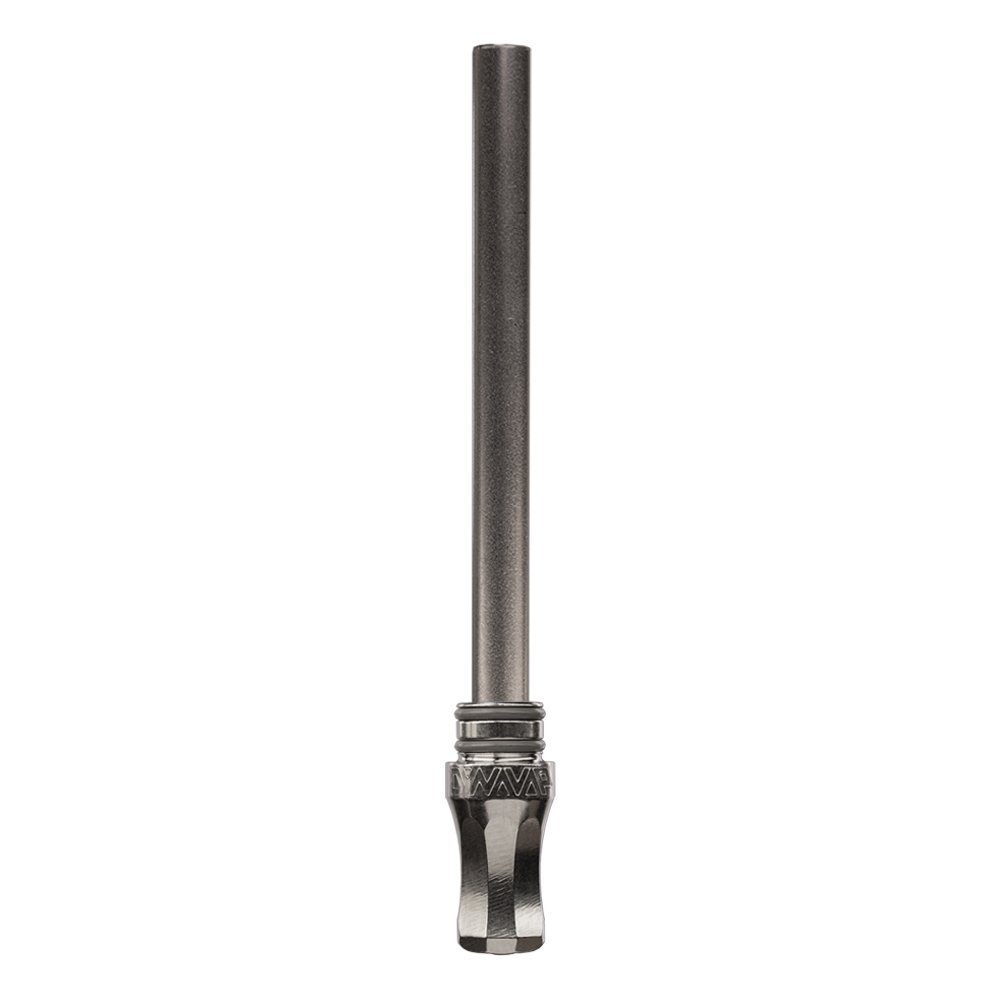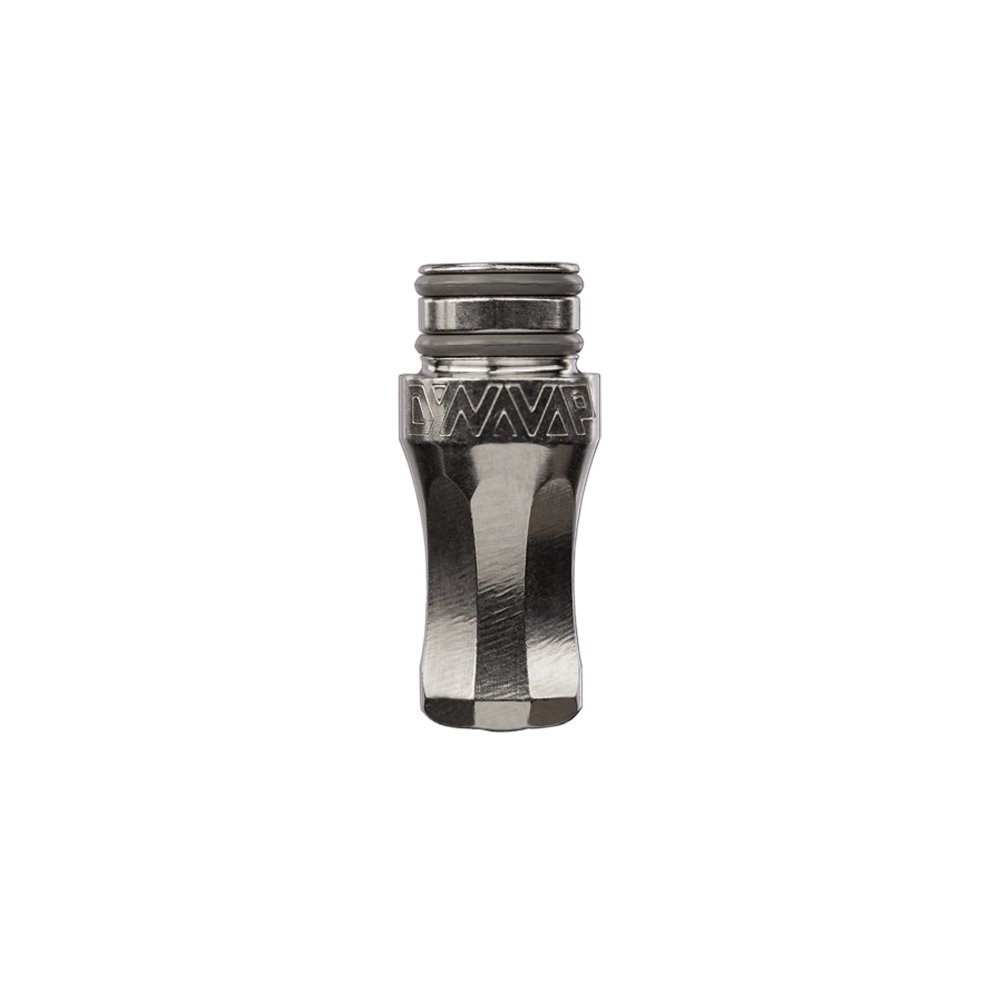One of the great ironies of weed is that it has the potential to alleviate anxiety, but it can also kick it up a notch (or two). If you’re new to weed, or you’re using the plant specifically to treat anxiety, it’s helpful to get clued up on strains that are notorious for provoking paranoia and those that are most likely to help you chill out.
In this article, we’ll talk you through how weed works on the anxious brain, before delving into strains that can help with anxiety relief–or trigger an attack of paranoia.
The relationship between cannabis and anxiety
Of those who turn to weed for mental health reasons, a massive 52% use it for easing symptoms associated with anxiety. Weed’s unique ability to help even the most tightly wound person mellow out has been harnessed by humans throughout history.
However, it’s important to know that cannabis is dose-dependent. Dose-dependent means that while a low dose may offer anxiety relief, a higher dose may do precisely the opposite, triggering anxiety, panic, or even a paranoid episode. When a substance exerts one action at a lower dose and the opposite at a higher dose, it is called biphasic effects.
While dosing represents one essential consideration for anxiety, cannabinoid content represents another. Delta 9-tetrahydrocannabinol (THC), the main intoxicating compound in cannabis, impacts cannabinoid receptors in the amygdala part of the brain that regulates fear-based emotions. The psychoactive properties of THC-rich weed may overstimulate the amygdala in high doses, increasing feelings of paranoia and worry.
On the other hand, research and anecdotal experience tells us that cannabidiol (CBD), the other major cannabinoid present in cannabis, yields a calming effect on the user. Researchers are still seeking the “holy grail” of weed, or the ideal balance of THC and CBD that can treat anxiety disorders without exacerbating anxiety.
What are strains and how do they differ?
As we’ve outlined above, the CBD to THC ratio plays a critical role in whether weed can trigger a panic attack or render you in a state of couchlock. However, other factors such as the presence of certain terpenes (aromatic compounds with therapeutic effects) and minor cannabinoids can also influence the calming or stimulating nature of weed.
The ratios of major cannabinoids, minor cannabinoids, and terpenes contribute to the overall effects and experience of a weed plant. “Cannabis strains” refers to the method of distinguishing different kinds of weed based on their chemical composition, aroma and physical effects.
Up until recently, the three major kinds of strains were categorized as indica, sativa, or hybrid. Indica strains refer to cannabis plants that boast a body high with calming, relaxing effects. Sativa strains refers to weed that exerts more uplifting and stimulating cerebral effects, or a head high. Hybrid strains contain both indica and sativa characteristics. Weed strains can additionally be described as an indica-dominant strain, sativa-dominant strain, indica-dominant hybrid or sativa-dominant hybrid. Whew!
However, there’s recently been debate about shifting away from indica/sativa/hybrid cannabis strains towards categorizing weed as Type I, Type II or Type III based on their CBD/THC ratio and chemical composition.
Type I weed is THC-dominant with a concentration of more than 0.3% THC and CBD content of less than 0.5%. Type II Type II is a mixed ratio profile with CBD and THC in moderate concentrations.. Type III is CBD-dominant with low THC content so is unlikely to cause intoxication (or trigger an anxiety attack).
Experts believe this classification system provides a more accurate understanding of the plant’s likely effects than the vaguer indica/sativa/hybrid labeling system. For those who are seeking weed to address anxiety disorders, the type I,II or III system offers a solid idea of the possible effects of the weed.
Let’s take a look now at some of the best and worst strains for triggering or taming anxiety.
The worst strains for triggering anxiety
-
Trainwreck
People looking to avoid anxiety would probably do well to steer clear of the evocatively named strain Trainwreck. This high-THC strain can initiate a dizzy headrush that may be euphoric for some users, but cause anxiety-inducing effects for others.
-
Durban Poison
Durban Poison hails from South Africa and is well-known among weed connoisseurs for its stimulating qualities that some liken to ADHD medication Adderall. However, while this may kick off a high that is enjoyable and energizing for some, others who are tense or anxious may experience waves of anxiety due to, the 21.5% THC content and spacey, cerebral effects of the strain.
-
Green Crack
Green crack averages 19% THC with less than 0.15% CBD, making it a firm Type I, THC-dominant weed strain. The strain is known for delivering a super strong head high. For seasoned users this marijuana strain may contribute to feelings of confidence, energy and focus, but for the uninitiated it may over-stimulate the brain leading to adverse effects such as wakefulness and racing, paranoid thoughts.
-
Jack the Ripper
With its slightly alarming name, this strain may already be sounding warning bells for anxious individuals. Jack the Ripper is a well-known energizing strain that contains about 20% THC and is capable of causing intense, visually stimulating effects. If you’re a relatively chill individual this might be fun, but for those who deal with anxiety disorders, high doses can be disorienting and spark worry or even paranoia.
-
White Widow
White Widow is a high THC- strain that is commonly acknowledged to best be avoided by anxious individuals. The strain delivers strong psychoactive effects. Bred in the Netherlands, White Widow is commonly found in Dutch coffee shops and has thus been designed to deliver intrepid consumers with a resounding head high. While offering a rush for some, for others the strain can intensify feelings of anxiety, panic or even fear.
The best strains for calming
-
Remedy
This therapeutically-named high-CBD strain contains about 14% CBD and about 1% THC, rendering it ideal for individuals looking to reap the calming, anxiety-easing benefits of cannabidiol. What’s more, the strain also contains myrcene, a musky terpene known for its sedating qualities.
-
Cherry Wine
Cherry Wine is the offspring of two high-CBD strains with aromatic cherry notes. With an average of 12% CBD, the strain’s most reported effect is its ability to promote deep relaxation – perfect for those who feel anxious and tense. What’s more, Cherry Wine also contains 1% CBG (cannabigerol), a minor cannabinoid that is acknowledged to exert potent effects in easing mental stress and anxiety symptoms.
-
Charlotte’s Web
This hemp-derived non-intoxicating strain was specifically bred to have high CBD and low THC content. Charlotte’s Web is extremely well known in the world of weed and has been used to create wellness-oriented cannabis products, with some users reporting that it can help ease anxious thoughts. With myrcene as its dominant terpene, Charlotte’s Web has an earthy, musky scent that promotes rest and relaxation.
-
Northern Lights
Cannabis users who consume the Northern Lights marijuana strain often find this cultivar sends them straight into a state of stress-free bliss. This beloved strain is associated with calming, relaxing, sleep-inducing qualities.The presence of CBG in the strain may help to temper the moderately high THC content and ease symptoms of anxiety .
-
Harlequin
Harlequin is a weed strain known for its clear-headed, relaxing effects. With concentrations of 9% CBD and 5% THC, users find that Harlequin offers a unique high that is focused and uplifted, while also being relaxing. If you’re looking for a high-CBD strain that helps ease anxiety or depressive symptoms but also keeps you fully engaged with your daily activities, Harlequin could be your go-to.
Non-cannabis supplements and alternatives for anxiety
While the world of weed offers a diverse range of strains uniquely suited to soothing the worried mind, it’s helpful to remember there are also other natural aids available too.
If you’re looking to supplement weed with additional natural alternatives, consider some of these plant-based products:
-
Aromatherapy
Aromatherapy harnesses the fragrant, therapeutic qualities of plant-derived essential oils to ease stress, tension and anxiety. Research has shown that aromatherapy can offer anxiolytic (anxiety-easing) effects, particularly when combined with massage. Some of the most popular aromatherapy oils for easing stress and anxiety include lavender, ylang-ylang, and chamomile.
-
Kava
Kava is derived from the root of the kava shrub, and has garnered attention in recent years for its mood-elevating, relaxing qualities that can help with anxiety disorders and insomnia. The plant works as a depressant, meaning it slows messages between the brain and body, decelerating racing thoughts. Kava can be consumed as a bitter drink, a powder, in capsule format, as an extract, or as drops.
-
Chamomile
Chamomile is widely celebrated as a calming, mildly tranquilizing tea that can support calm, peaceful sleep and soothe the symptoms of anxiety. Experts believe chamomile works on the body by increasing the activity of certain neurotransmitters such as serotonin, with beneficial subsequent effects on mood and anxiety. This dainty daisy-like plant can also be used in aromatherapy or consumed in capsule format.
-
Skullcap
Skullcap is a flowering plant belonging to the mint family that has been used for hundreds of years by herbalists as a mild relaxant and anxiety treatment. The plant has been prized by Native Americans for its potent medicinal qualities. Skullcap can be consumed as a supplement, capsule, powder, or liquid extract.
-
Passionflower
Passionflower is a plant long celebrated for its calming mental and physical effects. Herbalists and holistic medical practitioners often turn to passionflower to treat anxious thoughts or ease insomnia. Some researchers believe the plant works in the body by altering levels of a chemical called GABA in the brain, leading to feelings of relaxation.
The final word on cannabis and anxiety
Weed users the world over have long turned to weed to help ease anxiety. However, there’s a fine line between lowering anxiety levels and triggering an anxiety attack, as we’ve shown in this article. Having an awareness of the chemical composition of weed can help you make the right choice when using weed to target anxiety,
If you’re looking to use marijuana to de-stress and unwind, avoid THC-dominant strains that are known to kick off cerebral head rushes or stimulating highs. Opt for strains that have high concentrations of CBD, CBG, and terpenes that promote relaxation.
This content is for educational purposes only, not medical advice. Cannabis use is for adults in legal states



